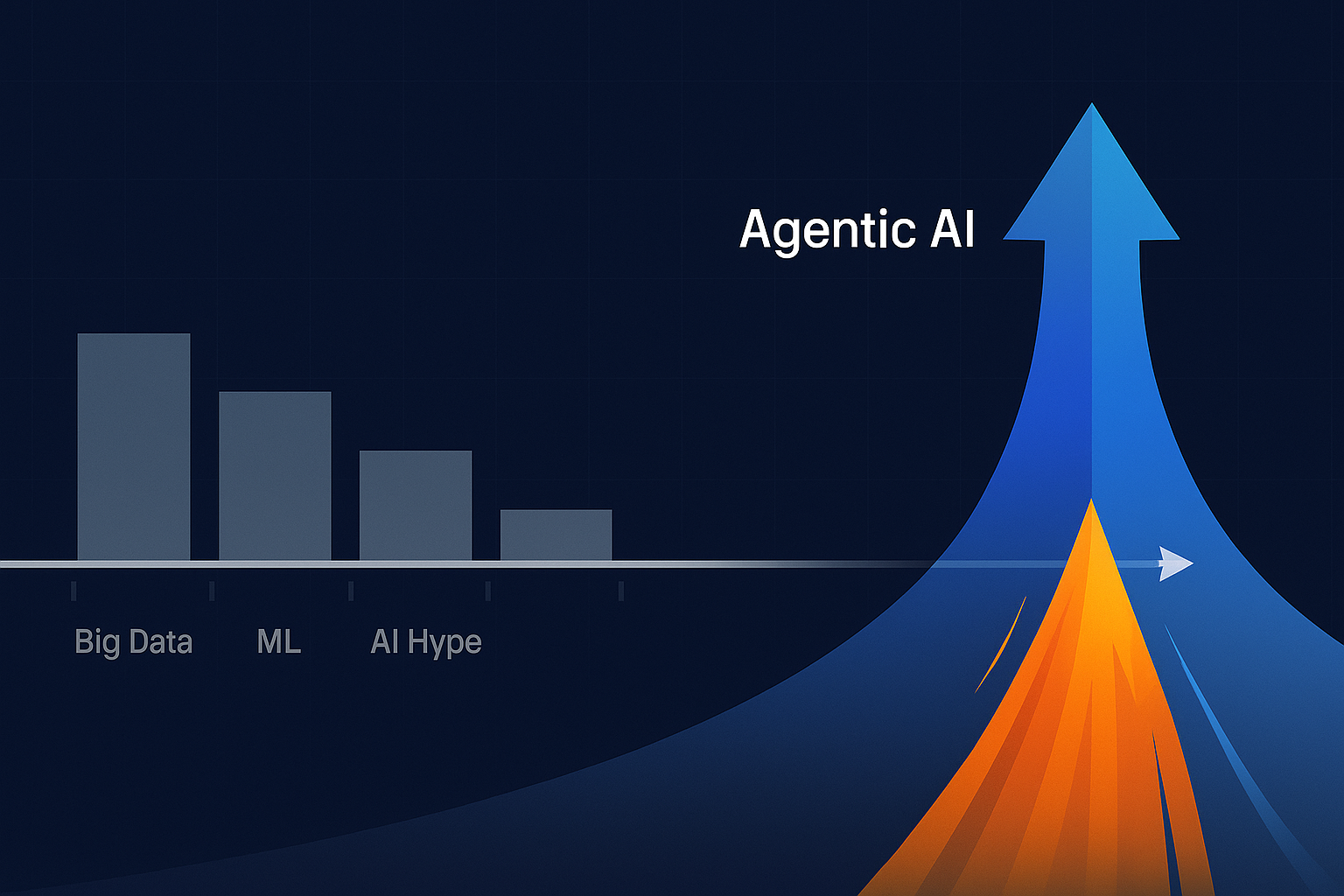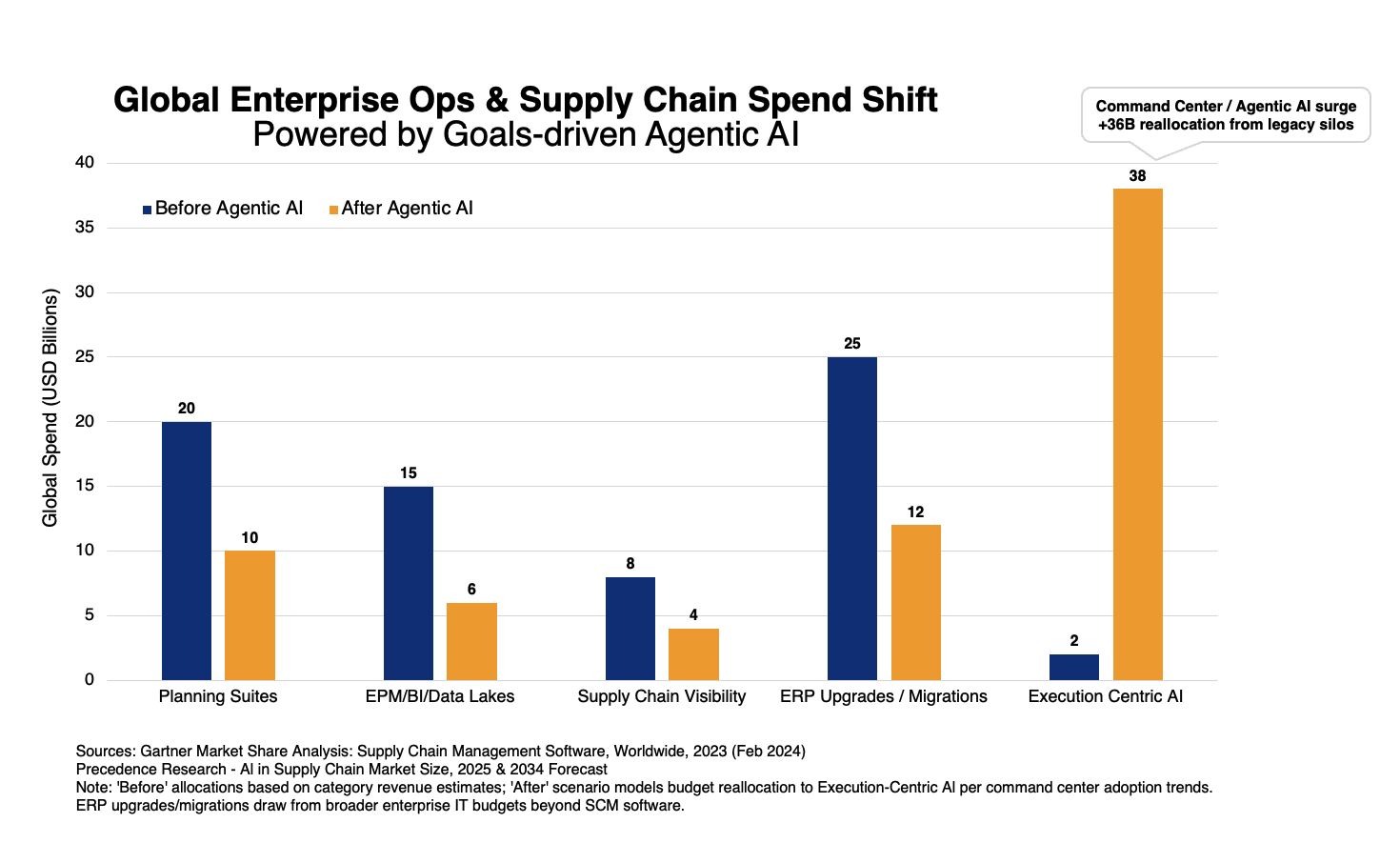Ops View #1 - Four Supply Chain Challenges in the Food & Beverage Industry
In each edition of Ops View, we’ll give you a window into real conversations with operations leaders on the challenges and issues they are grappling with. Read this series to get insights into the hot topics operations leaders are discussing today.
#1 Winter Produce from Distant Markets
Winter is a busy (and critical) season for supply chain planning for produce distributors in the U.S. and the European Union. During the warmer seasons, fruits and vegetables are plentiful in the domestic and nearby markets. However, when it’s the off season for domestic crops, fruits and vegetables are sourced from all over the world—making supply chains longer and more complicated.
When the supply chain extends into other parts of the world, more variables could potentially disrupt it or cause delays. A few that come to mind: finding refrigerated boxes, the rising cost of containers, shortages of truck drivers, delays that could lead to spoilage in the long journey to the final destination, and even political instability in other countries.
#2 Insufficient Cold Chains
A cold chain is a temperature-controlled supply chain that enables the movement of products that need refrigeration. Unfortunately, many countries have insufficient cold chains, which leads some food distributors to attempt to build frozen reefers that consolidate multiple customers together in order to maximize efficiency. Prices can become exorbitant when a company only has one or two pallets of refrigerated items to deliver—and consolidation can bring down the cost.
#3 Next Day Fulfillment
Customers often request meat products to be sent to them the next day, which creates the need to set up a production plan on a daily basis. While these urgent orders can be fulfilled from products in the warehouse, it depletes the inventory and creates shortages that affect the next customer order. A possible solution involves a phased approach to inventory can help users see the insufficient stock and what’s in excess.
#4 - Optimizing for Shelf Life
Food has a shelf life. Distributors end up throwing away a lot of products, despite trying to donate as much as possible to groceries before it becomes unsafe to eat. That becomes a problem for the bottom line because these are products they have purchased. What can be done to optimize this situation? Deploy a cloud-based system tracks demand, customers, and events, and enables a real-time view into inventory.
Do any of these supply chain challenges resonate with you?
OpsVeda's Operations Management System gives supply chain leaders actionable data insights to optimize the supply chain, creating efficiencies that improve your operating margin. Learn more about our suite of solutions.







